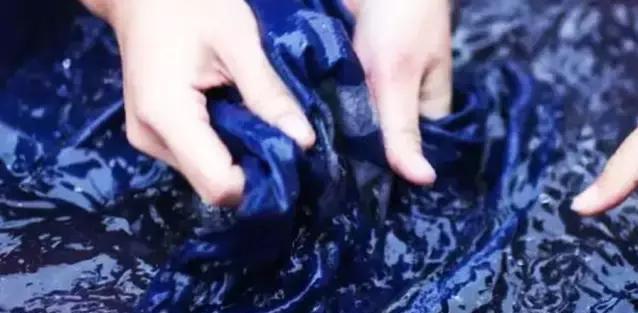
The way wool fabrics are dyed will have an important impact on their appearance, style and performance.
There are three main ways to dye wool: fiber dyeing, yarn dyeing and fabric dyeing.
The results vary, let’s take a look at them separately:
Fiber dyeing
Fiber dyeing is done in the form of loose fibers or after being carded into strips, also called strip dyeing. This dyeing method can make the color of the fabric uniform and can be used to weave mixed color fabrics.
Wool materials that use this dyeing method include: flannel, Palis, etc.
1. Flannel (Flano, Flannel)
The production of flannel is to first dye part of the wool, then mix it with part of the original color wool, and then mix and spin it into a mixed-color wool yarn. The fabric is woven into a fabric and then finished by milling and napping.

In addition to whole wool, the raw materials used are generally wool-viscosity blends. Some are mixed with a small amount of nylon fiber to improve wear resistance, and most of them use twill weave. Plain weave is also available.
Flannel has a pure and elegant color and is available in light gray, medium gray and dark gray. It is suitable for making tops and trousers for men and women of all ages.
2. Palace
Palace Lisi also dyes part of the tops first, and then mixes them with the original color tops for spinning. In this way, the surface is evenly distributed with white spots and has criss-crossing and faint rain stripes.
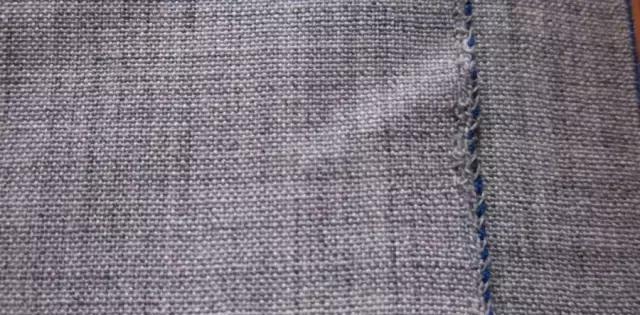
Flannel is mostly twill fabric, while Palis is generally plain weave fabric, a light variety woven with combed wool yarn.
The colors are mainly medium gray, light gray, and light beige, and the texture is light and thin, strong and stain-resistant.
Mostly used as men’s and women’s suits, dual-purpose shirts, long and short trousers, etc.
Yarn dyeing
Yarn dyeing is the dyeing of hank or package yarn , and then use the dyed yarn to weave strips or fancy fabrics.
The woolen materials dyed with this yarn include: tweed, Shawei, Roosevelt, etc.
1. Tweed
Tweed is made of two One or more kinds of single-color yarns, mixed-color yarns, plied color threads, fancy threads, and various pattern structures.
Fancy thick patterns woven with characters, strips, plaids, star dots, jacquards, gold and silver wire, and wide, narrow, light, dark and other geometric figures with strips Textiles.
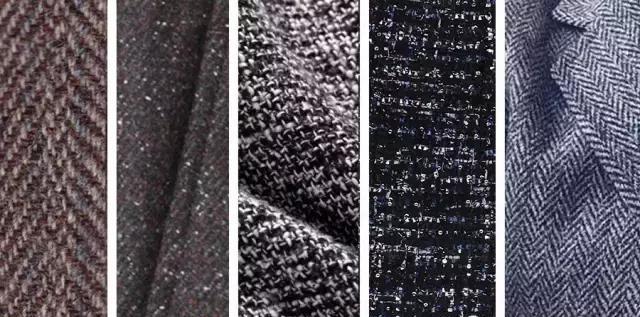
Tweed adopts plain weave, twill and changing weaves. The raw materials include whole wool, wool viscose blends, wool viscose polyester or wool viscose nitrile blends and viscose, Nitrile, pure fiber, etc.
Tweed comes in a wide variety of styles and has a soft luster. Mainly used as dual-purpose shirts, men’s and women’s windbreakers, etc.
2. What flavor (semifinish)
What Flavored woolen refers to “lightly milled woolen material”, which is made from dyed tops and original color tops that are fully mixed and carded in a certain proportion, and then spun into mixed-color wool yarn.
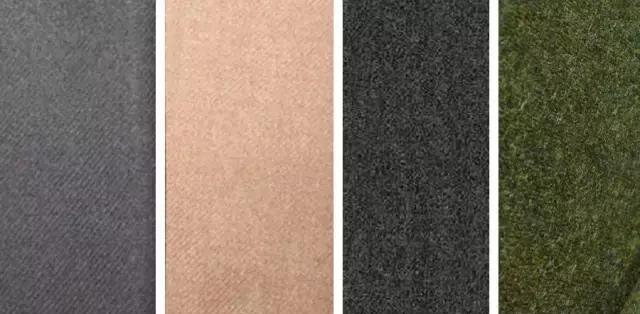
After slight milling, the fabric has short plush, flat feet, soft and waxy feel, body and bones. Elastic, natural luster, twill lines are vaguely visible.
What color is it?
3. Where is Roosevelt (tricotine)
Where is Roosevelt? Also known as chocolat, there are two methods of piece dyeing and stripe dyeing. It has a twill change structure, and the surface shows double twill strips side by side.
Chocotin yarn is thinner, the texture is tight and clean, flat and stiff, clearly raised, full to the touch, good in elasticity, and natural in luster.
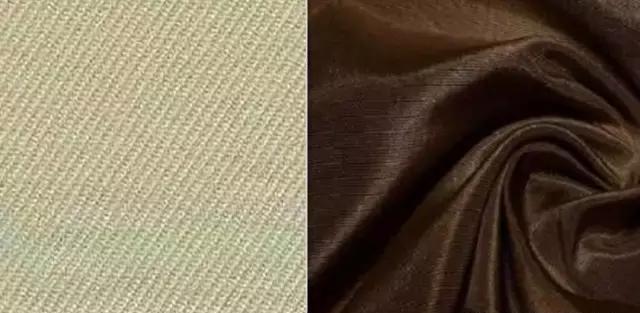
The grain is thicker than gabardine and thinner than breeches. The first shallow groove is narrow, and the second deep and wide. The intervals and depths between the twill grains are different. same.
The grooves between groups are wider and deeper, just like two ribs in a group. This cycle forms a special pattern, with the reverse side being flatter. No lines.
<p styIt is called Henggong Nei, and the Gong Nei commonly referred to as Zhigong Nei is mainly Zhigong Nei.
Gongni is mostly piece-dyed plain color, and mainly dark colors, such as navy, gray, and black. Among them, black Gongni is called For formal wear, there is also a floral velvet dress intertwined with floral threads.
Mainly used as shoe fabrics, dresses, coats, suit tops, etc.
6. Crodin
Claudine again Camel silk brocade, that is, satin khaki, is generally made of high-grade fine wool as raw material, the warp yarn is strand, and the weft yarn is mostly single yarn. The warp and weft density is relatively high, and it is one of the traditional varieties of woolen fabrics.
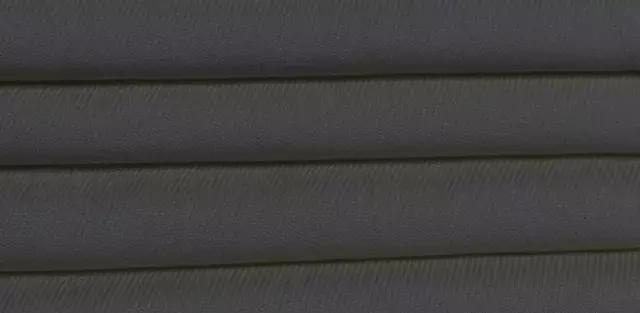
Claudine’s cloth is composed of wide and flat special strips and four narrow and thin strips arranged at intervals. The front is slightly plush. The reverse side is smoother.
Claudine is mostly piece-dyed, mainly black and gray; there are also strip-dyed mixed colors. Mainly used as coats, tops and dress fabrics.
7. Students
Students belong to the woolen people The product, with two upper and two lower twill weave, is a heavy milled fabric that mainly uses fine combed short hair or regenerated hair.
The appearance of the noodle is similar to that of Melton. The noodle is fine, clean, flat and even, with basically no bottom exposed. The texture is tight and elastic, and the hand feels soft.
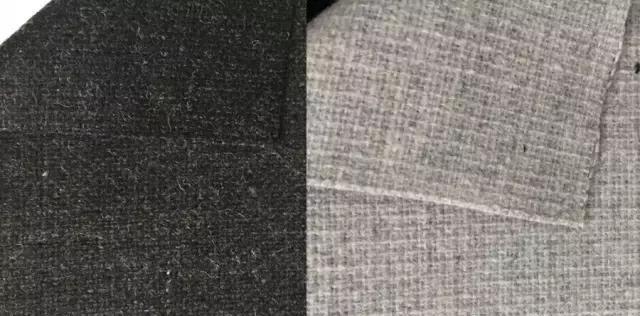
Students mainly use recycled wool. Since the raw materials of recycled wool are more complex, they often make blended products.
The colors are mainly piece-dyed navy blue, dark green, and rose red, and are suitable for winter clothing.
From the above introduction, it is not difficult to find that in addition to the type of fiber raw materials and fabric structure, the appearance of fabrics is also affected by the printing, dyeing and finishing methods. , style and sex also have an important impact.







